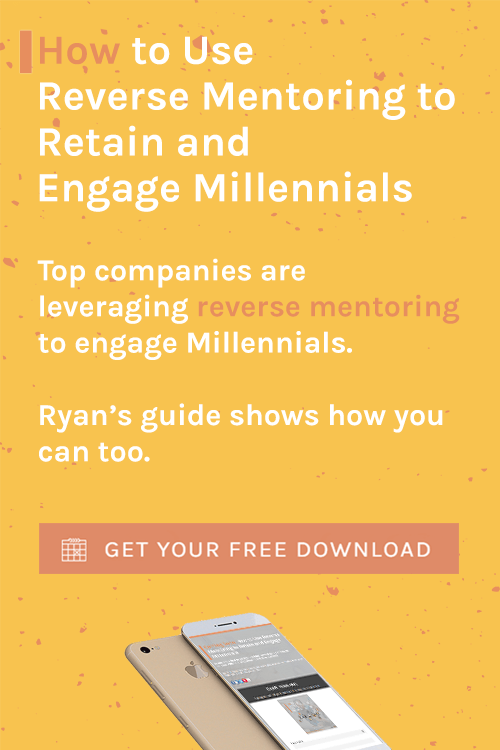The IBM Institute of Business Value recently released the 2015 report, Myths, exaggerations and uncomfortable truths: The real story behind Millennials in the workplace. The report highlights three uncomfortable truths that should be cause for concern for any leader of a multigenerational workforce.
3 Uncomfortable Truths of a Multigenerational Workforce
1) Many Employees aren’t sure they understand their organization’s business strategy.
Employees need to understand their business fundamentals so they feel their role matters, a part of a bigger mission, empowered to make a difference, and so they can become enthusiastic brand ambassadors.
2) Many employees, irrespective of age, think their organization provides a poor customer experience.
The majority of respondents believe their organization effectively addresses a number of issues, including work-life management, workforce diversity and environmental/societal concerns. The sole exception is the customer experience.
3) Employees of all generations say their organization is slow to implement new technologies.
Only 4% of respondents say their organization has no problem implementing new technologies.
Employees need improved technologies so they can be more collaborative and innovative, more efficient and effective, informed decision makers, and design and deliver differentiated customer experiences.
5 Recommendations for Engaging a Multigenerational Workforce
1) Focus on the individual
- Managing a multigenerational workforce entails seeing people as individuals, not generational stereotypes.
- Leverage digital natives’ capabilities, but be mindful of preferences and skill sets that transcend generational clichés.
- To recruit, retain and grow top talent, employ robust workforce analytics, policies, and programs that accommodate individual career aspirations.
How to get started...
- Map a talent strategy in phases.
- Assess the current state, set a baseline.
- Identify improvements, tools and analytics needed to execute the strategy and measure the results.
2) Foster a collaborative culture
- Tomorrow’s leaders prefer collaboration, consensus building.
- Organizations need a collaborative work culture, incentives, and collaboration technologies/tools.
- As the workplace becomes more virtual, deploy collaboration tools that leverage the latest in cloud and mobile.
How to get started...
- Appoint a “Collaboration Czar.”
- Build a team of enthusiastic employees from all parts of the business.
- Develop a strategy for improved collaboration and pilot new programs.
3) Make customer experience a priority
- Conduct a thorough analysis of the experience customers have with your organization.
- Be transparent with employees about strengths and weakness.
- Work collaboratively across the business to develop solutions for improvements.
How to get started...
- Map the customer journey from the customers’ point of view. Detail all the interactions that touch your technologies.
- Determine problem spots, why they exist, and do a risk-benefit analysis to determine a plan of action.
4) Get everyone on board
- Nearly half of respondents said they aren’t confident they understand the fundamental strategies of their business.
- Keep employees in the loop with easy access to company information, mentoring and collaboration tools and programs.
- Ensure employees understand how their job supports the organization’s mission—an engaged workforce delivers a better customer experience.
How to get started...
- Use online survey tools to test employees’ understanding of business fundamentals; ensure anonymity.
- Form a task force across the enterprise to address weaknesses; develop pilots for improvement.
- Be transparent, share progress updates with employees.
5) Look within
- Leaders may be overestimating how well they’re connecting with their staff.
- Leaders need to take an honest assessment of their strengths and weaknesses.
- Leaders should ask themselves what they are doing personally to inspire employee confidence, show an interest in employees’ professional development and communicate with clarity and transparency.
How to get started...
- Leaders, take a look at your calendar.
- In the last six months, how much time did you spend celebrating team successes, conducting roundtables or mentoring?
- Plan creative ways to connect more, in person and virtually.
Question: Do you enjoy working on a multigenerational team? Why or why not?
Consider Ryan Jenkins to be your next Millennial/Generation Y or Generation Z keynote speaker by clicking here...
![]()









